| Click on the ✔ to open |
| DATE |
NARRATOR |
TOPIC
|
VIDEO |
TEXT |
SLIDES
|
2021-11-01
|
Nerine Haddad
|
Die Haddads al die pad van Beit Mery Libanon
|
✘ |
✔ |
✘ |
2021-10-01
|
Neëltjie Zehnde
|
Grandma and Grandpa Theron - present in the years I grew up
|
✘ |
✔ |
✘ |
2021-09-01
|
John Boje
|
Riebeek Street, Wynberg around the 1950s
|
✘ |
✔ |
✘ |
2021-08-01
|
Hettie Muller
|
My peetmoeders
|
✘ |
✔ |
✘ |
2021-07-01
|
Louna Bischoff-Coetzee
|
Die lemoenboere van Rustvoorbij
|
✘ |
✔ |
✘ |
2021-06-01
|
Ina Hattingh
|
‘n Tolletjiestoel en ‘n handsak met slegte medisyne
|
✘ |
✔ |
✘ |
2021-05-01
|
Sam Basch
|
Grootouers-kleinouers
|
✘ |
✔ |
✘ |
2021-04-01
|
Rentia Landman Reid
|
My ouma Esther Reid (geb. Eksteen)
|
✘ |
✔ |
✘ |
2021-03-01
|
Pieter van Aardt
|
Genealogie verryk MaHlogola (die Reënmaker) se lewe
|
✘ |
✔ |
✘ |
2021-02-01
|
John Boje
|
Moenie oordeel nie
|
✘ |
✔ |
✘ |
| MEMORY LANE FOR UPCOMING & PREVIOUS YEARS |
| 2022 |
Northern Transvaal Branch - Memory Lane |
| 2021 |
Northern Transvaal Branch - Memory Lane |
| 2020 |
Northern Transvaal Branch - Memory Lane |


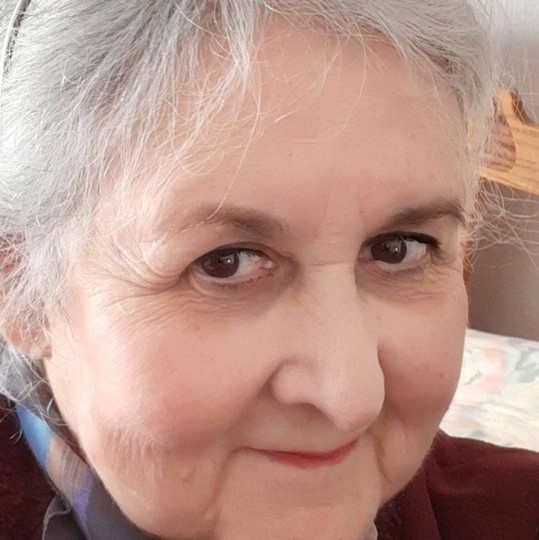 Nerine Haddad, 01 November 2021
Nerine Haddad, 01 November 2021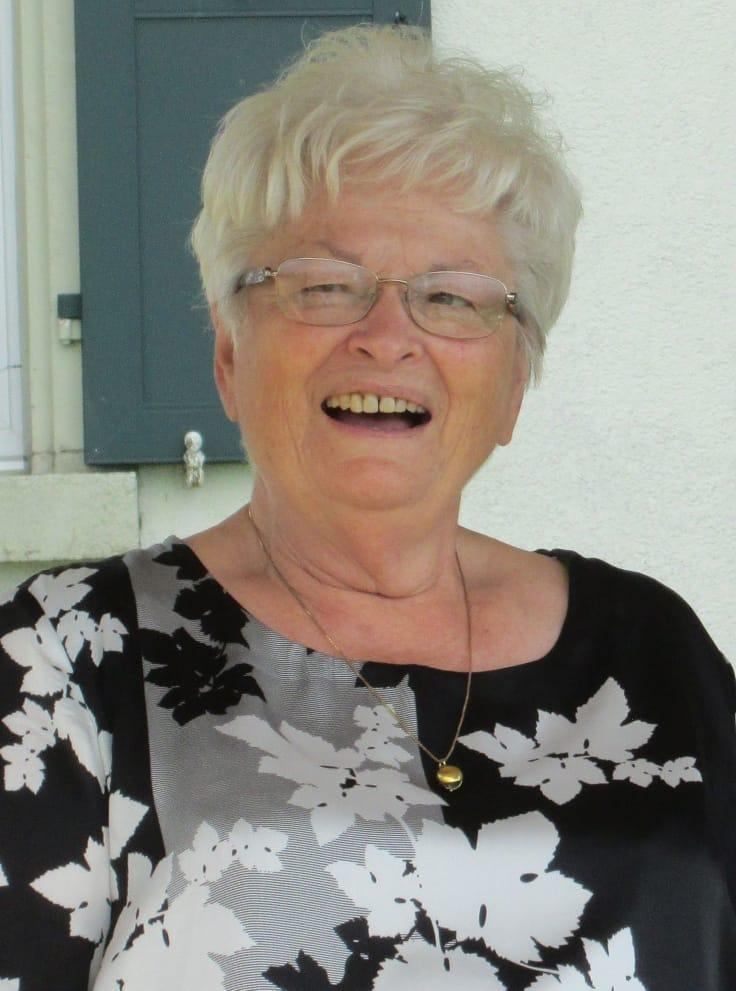
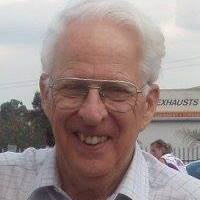 John Boje, 1 September 2021
John Boje, 1 September 2021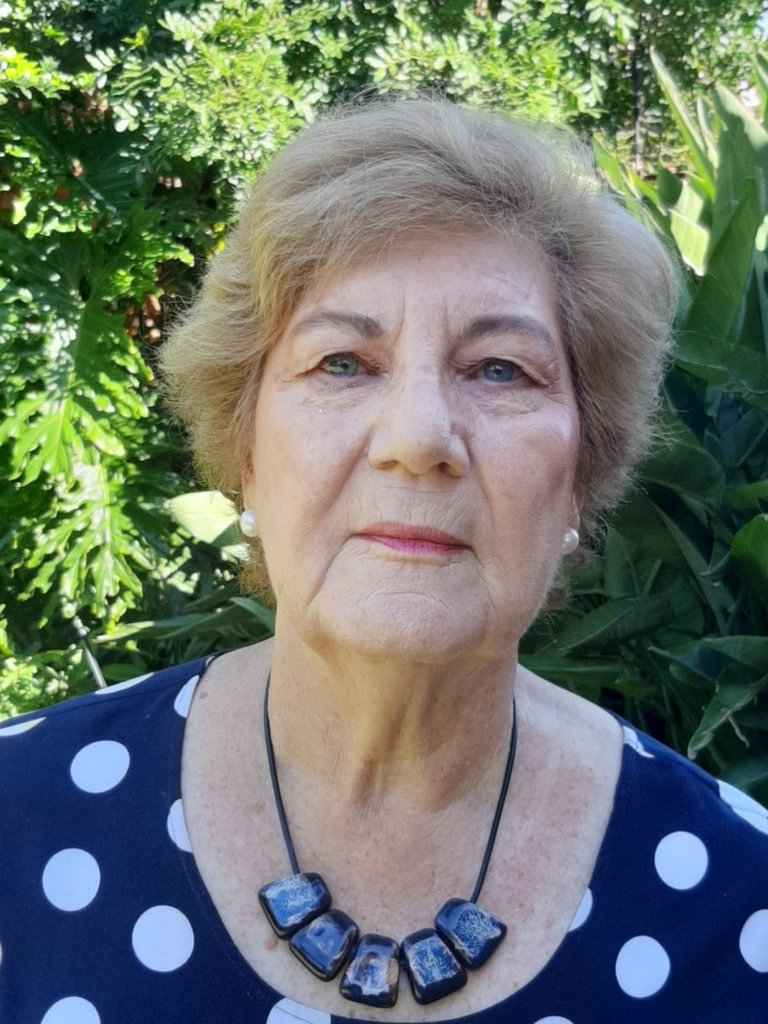 Hettie Muller, 1 August 2021
Hettie Muller, 1 August 2021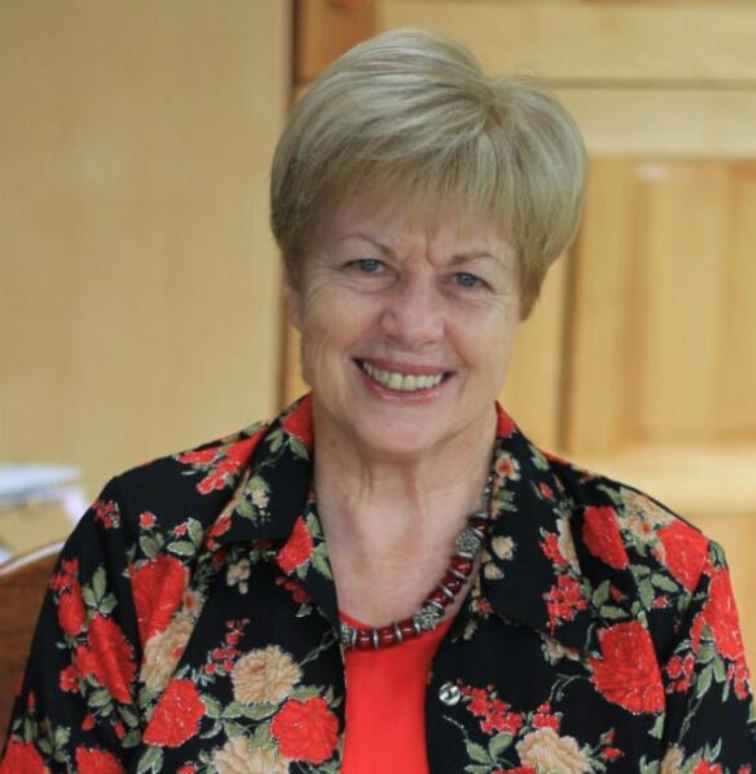
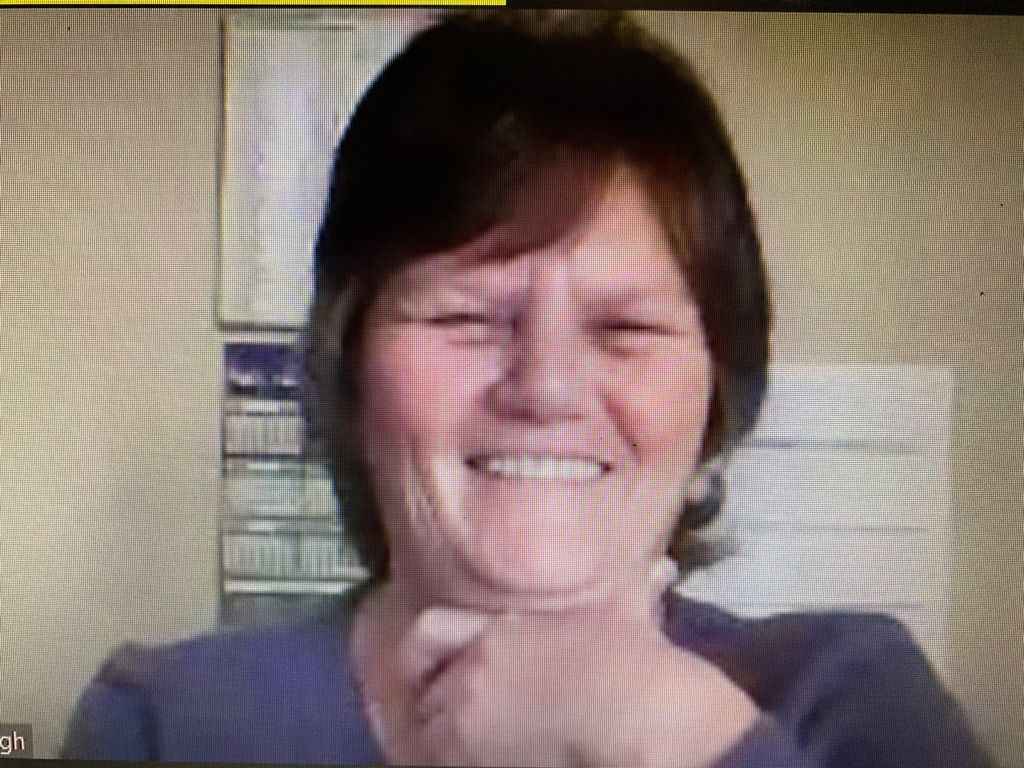
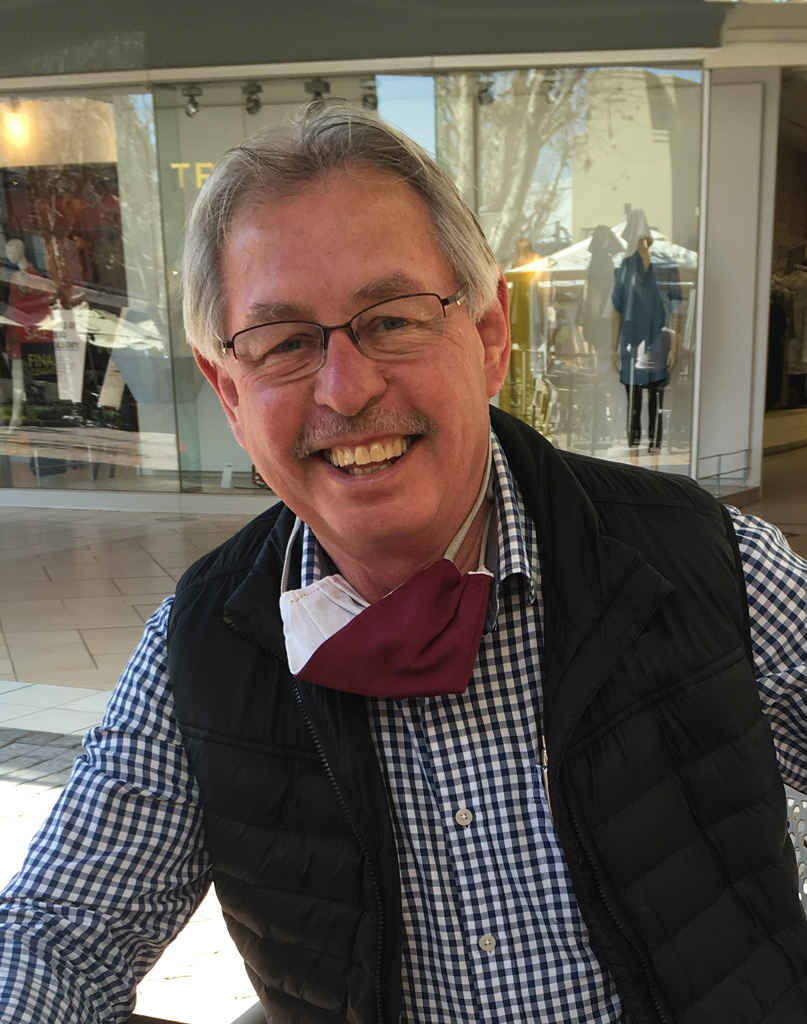 Sam Basch, 1 May 2021
Sam Basch, 1 May 2021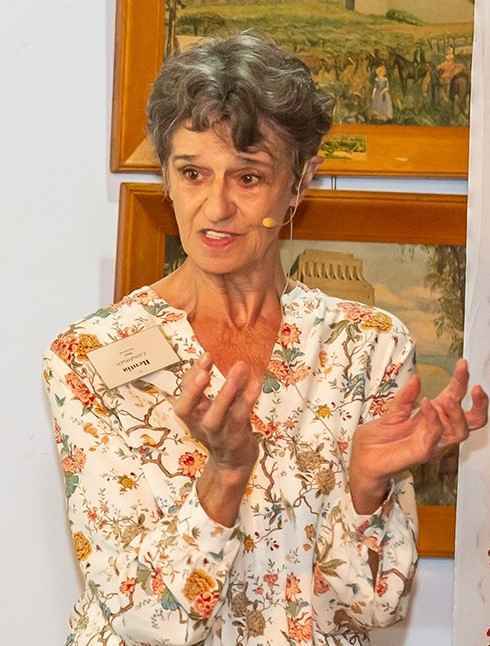 Rentia Landman Reid, 1 April 2021
Rentia Landman Reid, 1 April 2021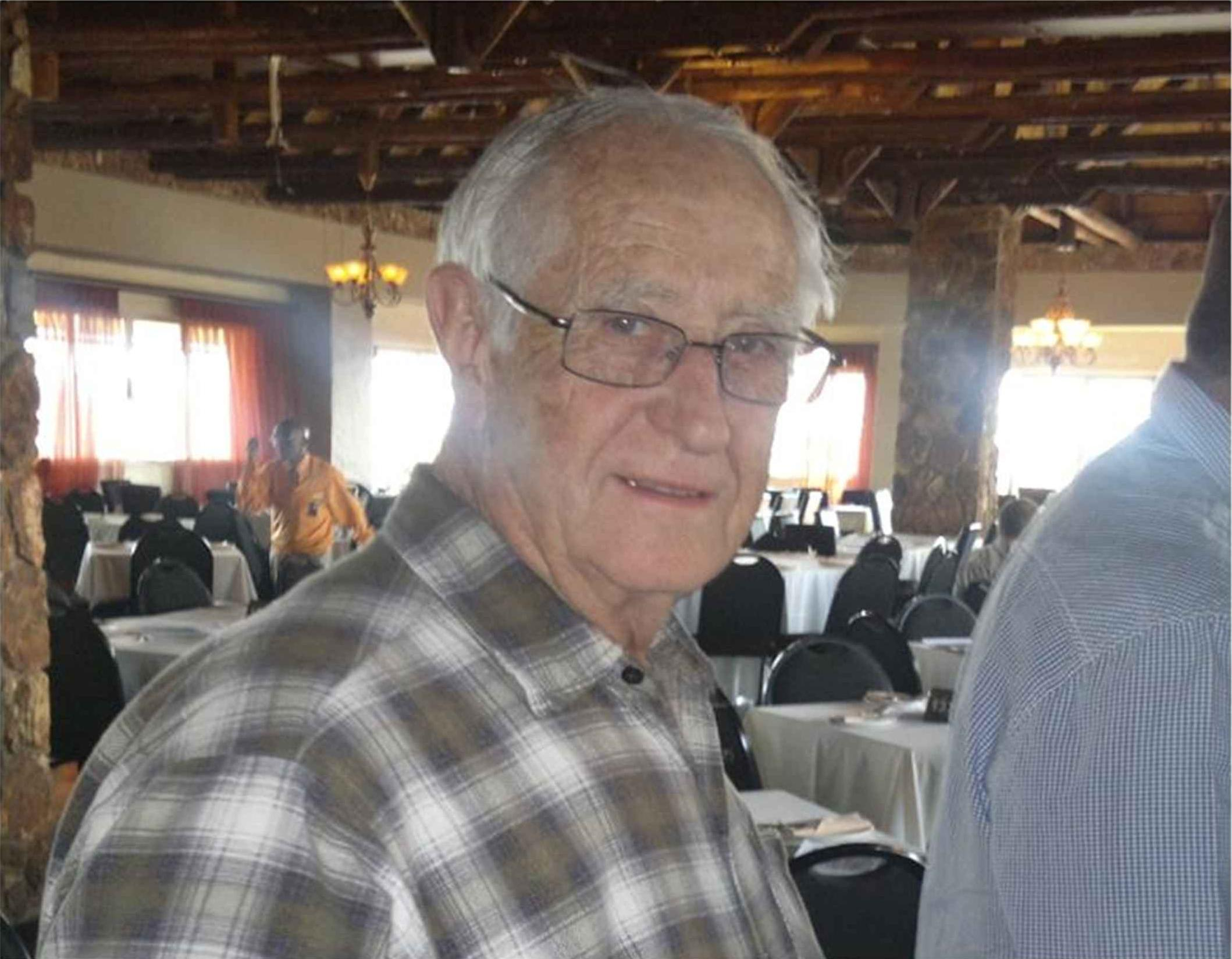 Pieter van Aardt, 1 March 2021
Pieter van Aardt, 1 March 2021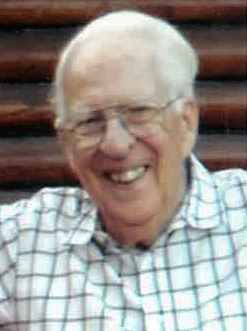 John Boje, 1 February 2021
John Boje, 1 February 2021